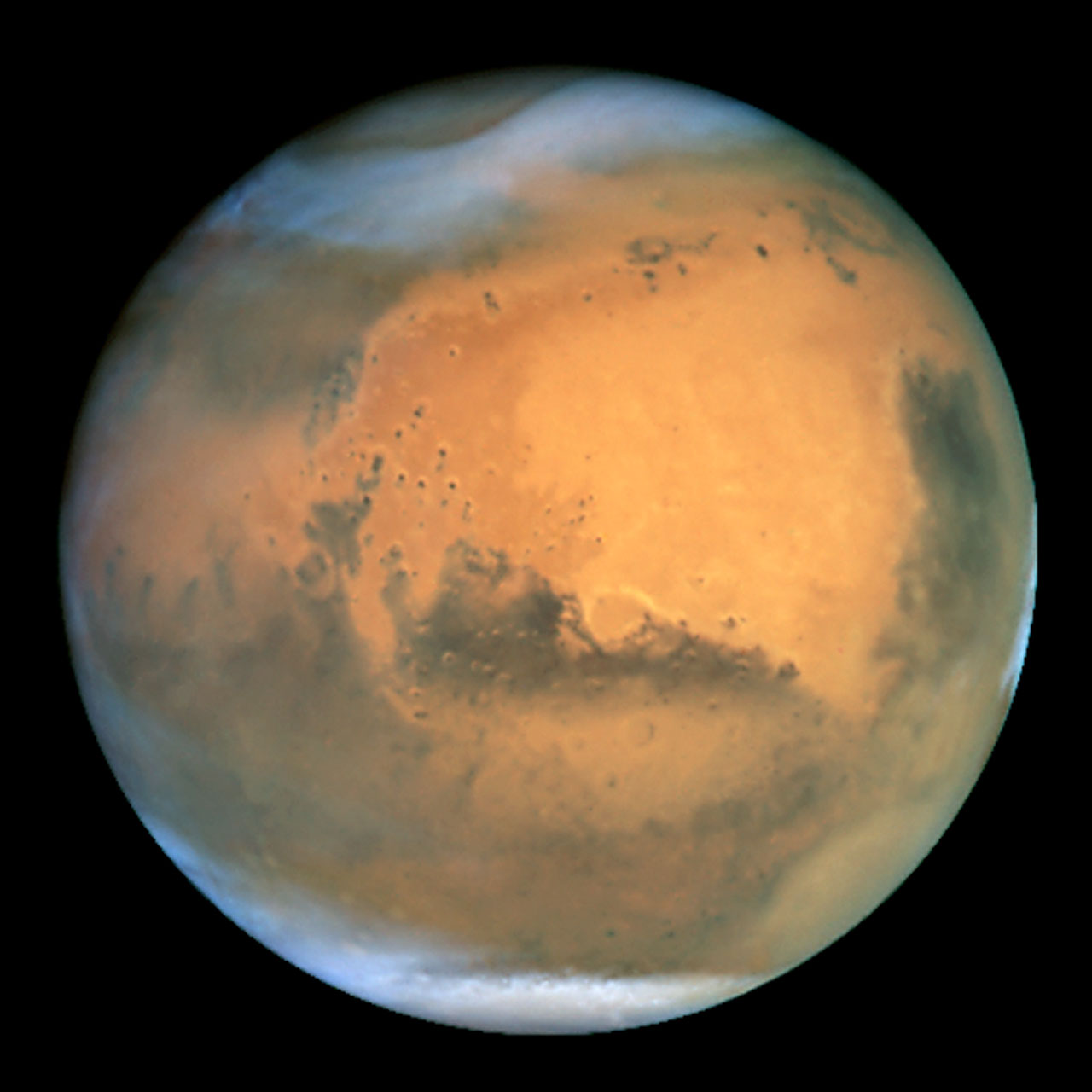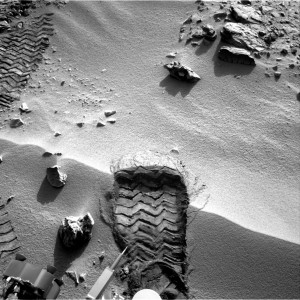From MRO to Curiosity, our robotic explorers have taken some truly amazing photos of the red planet. Take a look at some of our favorites below!
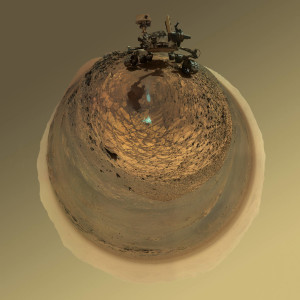
This version of a self-portrait of NASA’s Curiosity Mars rover at a drilling site called “Buckskin” on lower Mount Sharp is presented as a stereographic projection, which shows the horizon as a circle.

This view from NASA’s Opportunity Mars rover shows part of “Marathon Valley” as seen from an overlook north of the valley. It was taken by the rover’s Pancam on March 13, 2015.
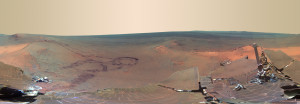
This full-circle scene combines 817 images taken by the panoramic camera (Pancam) on NASA’s Mars Exploration Rover Opportunity.
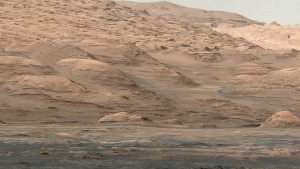
This view from the Mast Camera (Mastcam) on NASA’s Curiosity Mars rover shows dramatic buttes and layers on the lower flank of Mount Sharp.
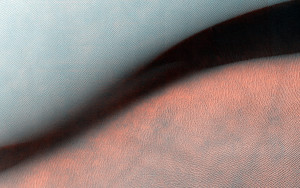
On Mars, we can observe four classes of sandy landforms formed by the wind, or aeolian bedforms: ripples, transverse aeolian ridges, dunes, and what are called “draa.”
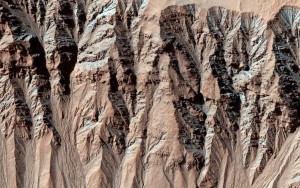
This image of the surface of Mars covers a location that has been captured several times by the HiRISE camera aboard NASA’s Mars Reconnaissance Orbiter to look for changes in gullies.
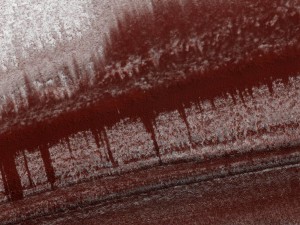
The north polar layered deposits are layers of dusty ice up to 2 miles thick and approximately 620 miles in diameter. We can see the layers exposed on the walls of troughs and scarps cut into the deposits, such as the trough wall imaged here. The bright region at the top is the flat surface above the trough wall.
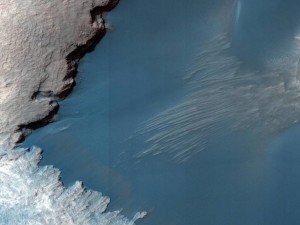
This image shows part of the floor of Rabe Crater, a large impact crater in Mars’ southern highlands. Dark dunes-accumulations of wind blown sand-cover part of crater’s floor, and contrast with the surrounding bright-colored outcrops. The extreme close-up view reveals a thumbprint-like texture of smaller ridges and troughs.
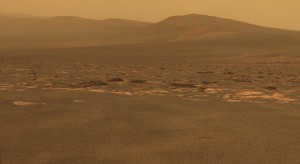
A portion of the west rim of Endeavour crater sweeps southward in this color view from NASA’s Mars Exploration Rover Opportunity. This crater – with a diameter of about 14 miles (22 kilometers) – is more than 25 times wider than any that Opportunity has previously approached during 90 months on Mars.

